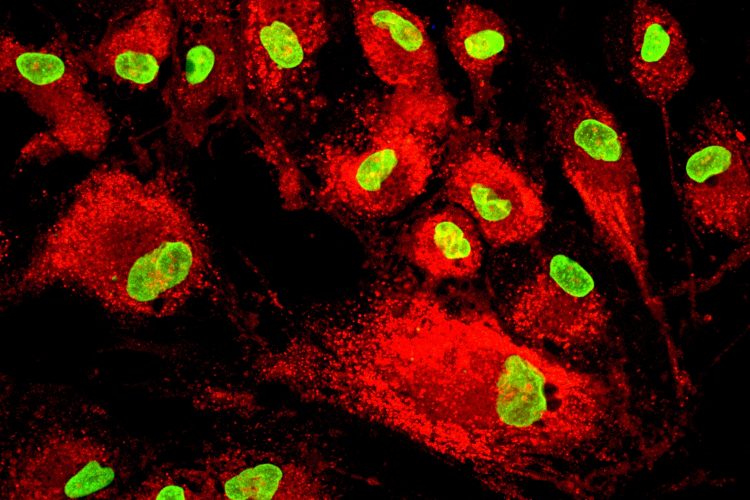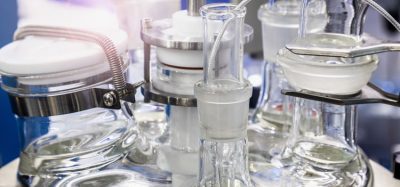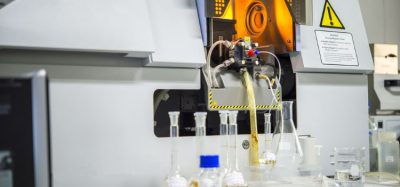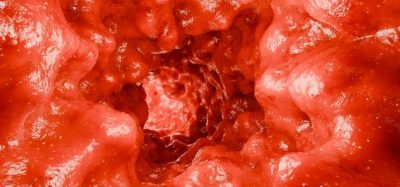NA to NAM ratio as a biomarker for cell therapy sterility
Posted: 20 July 2022 | Hannah Balfour (European Pharmaceutical Review) | No comments yet
Study shows nicotinic acid (NA) to nicotinamide (NAM) ratio enables detection of early-stage microbial contaminations in cell therapy products.


Mesenchymal stem cells labeled with fluorescent molecules.
Researchers have shown that ratio of nicotinic acid (NA) to nicotinamide (NAM) in cell cultures significantly increases with the presence of live microorganisms within 24 hours, acting as a useful biomarker for the detection of early-stage microbial contamination in cell therapies.
Cell therapies are emerging as promising therapeutic modalities across a range of indications, with mesenchymal stromal cells (MSCs) the most clinically studied cell therapy platform worldwide; however, the nutrient rich media used in their production leaves them vulnerable to microbial contamination and, as a result, there is a significant risk that cell therapies may transmit infectious agents to patients.
To prevent this, sterility testing is required throughout the manufacturing process and for the release of cell therapy products. Culture-based methods remain the current gold-standard sterility tests, requiring incubation periods of up to 14 days, which presents a challenge to the industry when the products have a short shelf life and critically ill patients are left awaiting treatment. While automated blood culture systems are being widely used as alternative methods, they only shorten the incubation period to seven days – too long for certain cell therapy products.
To overcome these concerns, the industry focused on developing alternative test methods that are rapid and that show equivalent performance as compendial reference methods. One line of research is exploring whether metabolites secreted by microorganisms within cell cultures may be used as biomarkers to indicate the presence of contamination.
In a study published in Molecular Therapy – Methods & Clinical Development, researchers used mass spectrometry (MS)-based metabolomics to identify metabolites unique to microorganisms. They found NA was a metabolite secreted by six bacterial species that are common contaminants in mammalian cell culture and five species defined by the related US Pharmacopeia guideline <71>.
According to the authors, NA production is associated with nicotinamidases encoded in the genomes of the identified bacterial species, which convert NAM in the cell culture medium into NA. Genomic database searches also confirmed that nicotinamidases are not found in mammals, but are distributed in at least 10,500 different bacterial strains.
They reported that the NA to NAM ratio increased 72 to 15,000 times in the cells inoculated with 104 colony-forming units (CFUs)/ml of different bacterial species, with an incubation time of 24 hours.
In experiments using Escherichia coli as a model contaminant, a two- to three-fold increase of the NA to NAM ratio was detected for high (104 CFUs/ml) and low (18 CFUs/ml) inocula of E. coli-contaminated MSCs after 5.5 and 18.5 hours, respectively. Moreover, the method was able to detect 20 CFUs/ml of Bacillus subtilis and 10 CFUs/ml of Candida albicans after 12.5 and 24.5 h, respectively. According to the authors, a compendial sterility test required more than 24 hours of incubation to detect the same amount of these three microorganisms.
The authors concluded: “We have developed a novel rapid test for detecting microbial contamination in mammalian cell cultures… With a broad detection range, rapidity and possible low false-positive rates, the NA to NAM ratio has great potential of acting as a microbial biomarker for [cell therapy product] sterility testing.”
Related topics
Biologics, Bioproduction, Drug Manufacturing, Drug Safety, Mass Spectrometry, Microbial Detection, Microbiology, QA/QC, Therapeutics









